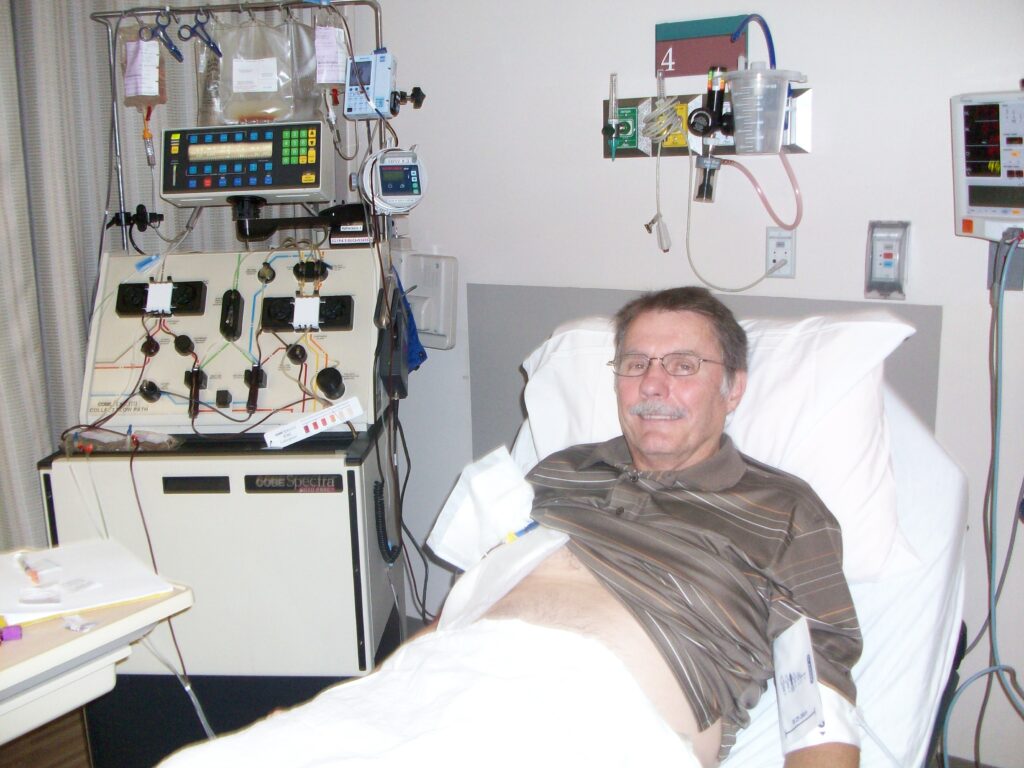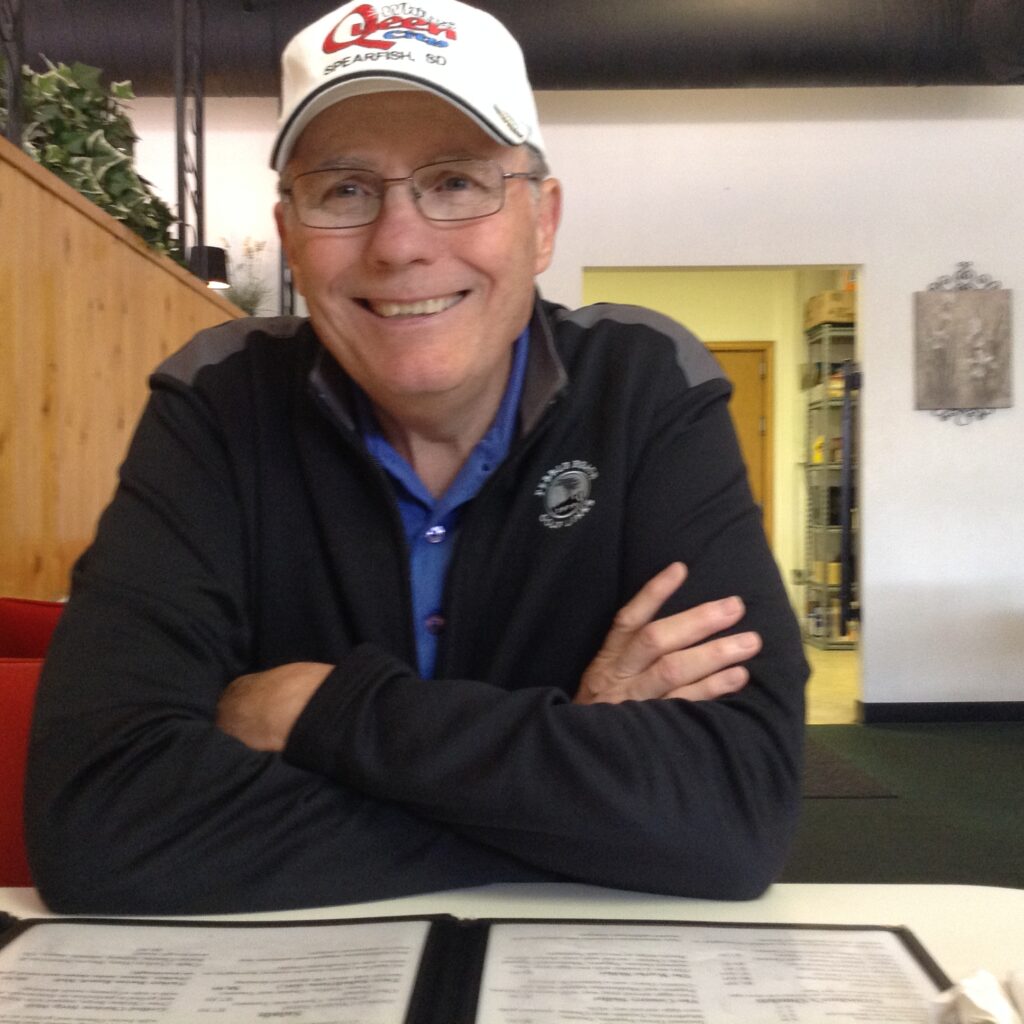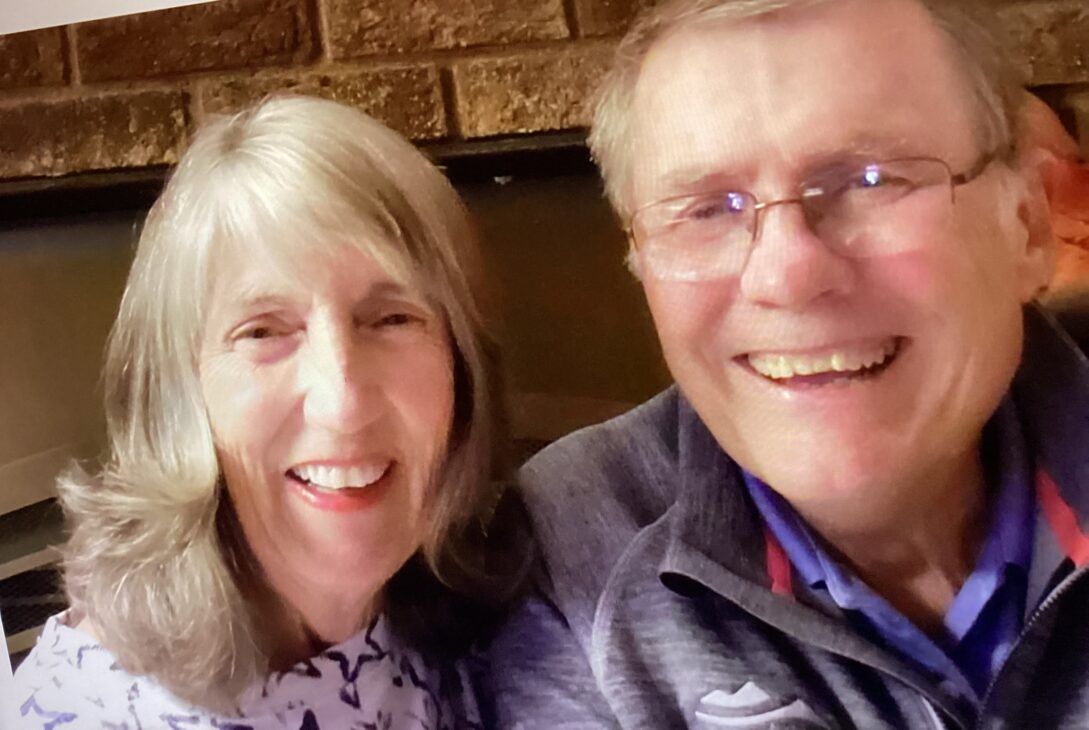Bob and Eva were married in 1971. Shortly thereafter, Eva started reading about Agent Orange and its effects. Bob was a Vietnam veteran, which made Eva very concerned. Bob, on the other hand, told her not to worry.
Fast forward to 2010. Bob was a regular on the golf course and started noticing that his elbows and bones ached after a round. He asked his golf buddies if they felt the same, but they didn’t report any pain. Bob shared his symptoms with his general practitioner who put him through a battery of tests but couldn’t find anything wrong. “If there was a test with “oscopy” at the end, I had it done.”
Bob knew something wasn’t right and kept pushing. Finally, he got in to see a new gastrointestinal doctor. As soon as Bob walked in, the GI said to him, “Do you know why you’re here?” Bob thought he did, but the doctor followed up by saying:
“I looked at your blood work going back a few years, and I think you may have multiple myeloma.”
Bob was referred for more testing, and a diagnosis of multiple myeloma was confirmed in October of 2011.
Bob and Eva were devastated. They cried together at home, understanding multiple myeloma is a rare and incurable type of blood cancer that affects bone marrow. What were the next steps? Eva’s mom had died of cancer when she was only 41 years old and Eva was 17, so Bob’s diagnosis hit her hard. It all felt like doom and gloom. All the while, she recalled the articles about Agent Orange she had read so many years earlier. She didn’t say anything to Bob at first; instead, she went straight to the internet and Googled multiple myeloma and Agent Orange. She discovered that since Bob had boots on the ground in Vietnam and now had this diagnosis, he would be entitled to all VA benefits.

Bob’s doctors told him a stem cell transplant was in order, and they wanted him to have it done at Mayo Clinic. Arrangements were made, and Bob and Eva made the 21-hour drive to Mayo in Arizona. His stem cell transplant took place on May 2, 2012 and was successful. Four days later while still in the hospital, Eva noticed Bob was breathing funny. It was discovered that Bob had become partially paralyzed on his left side. His vocal cords were paralyzed as well, and he couldn’t speak. He had acute pain in his shoulders and arms, “the pain was a 15 on a scale of 1-10.” Bob was diagnosed with Parsonage Turner Syndrome (PTS), a rare neuromuscular condition. He was started on a 5-day course of high dose steroids.
“Two rare diagnoses in less than a year, what were the chances?”
Bob and Eva remained at Mayo for three and a half months while Bob recovered from the stem cell transplant. During that time, they stayed in a beautiful transplant housing facility behind the hospital with a few other patients and their families. Bob had the chance to relax and recover; Eva had the chance to connect with other caregivers. Upon their release, Bob was still in a lot of pain from his PTS diagnosis. Eva was dealing with medical issues of her own having had open heart surgery in 2007 and 2013. The 21-hour ride home was hard on both of them. Once home, Bob’s quality of life was terrible due to the pain. He was finally prescribed medication that brought his pain level down from a 15 to an 8.
With a positive attitude and cautious optimism, Bob moved forward. He knew he would have to work hard and get serious about physical therapy. He felt his first therapist wasn’t well suited for him as they were suggesting exercises that Bob thought were too risky. He was referred to a PT who had experience working with Parsonage Turner, and he began seeing her 3 days a week. He would arrive 20 minutes prior to his appointment to warm up, assuring his full 45-minute session would be devoted to time with his therapist. His goal was to get back out on the golf course. He continued physical therapy for at least a year and then moved to exercising at home.
Bob entered a multiple myeloma clinical trial at Mayo Clinic in 2013. This required him and Eva to regularly take that same 21-hour drive to Mayo for treatment. Bob continued in that trial until 2 years ago when his doctor called to let him know they would be closing the trial, and that Bob had been the last remaining participant. “It hit like a ton of bricks,” Bob recalled. “How would we pay for my treatment now?”
The closure of the trial forced them to turn to the VA. Bob’s first neurologist at the VA had done her master’s thesis on Parsonage Turner, which he was thrilled to learn, but he only saw her on two occasions before she went out on medical leave. As luck would have it, Bob’s old doctor retired from Monument Health and came to work at his local VA, so Bob is once again under his care. Bob has never achieved remission, and he remains on monthly chemo, his first line of treatment. He and Eva still travel to Mayo every 6 months to check in.
Bob still has some diaphragm paralysis from Parsonage Turner. Most PTS patients recover; Bob has not fully. He takes medication to manage nerve pain and pain associated with his PTS diagnosis. His pain went from acute to chronic and is now at a manageable level of 5 out of 10.
“I’m hopeful because, while there’s no cure, I know I can manage my diagnoses like chronic conditions. When I talk to the doctors about different treatments, the future looks really bright.”
It’s been a long journey, but with their positive outlooks still intact, Bob and Eva are making their way through. At first, numerous people told Eva in confidence that they didn’t think Bob would make it. When he first saw his co-workers, they didn’t recognize him as he had lost 50 pounds, but they rallied around him. They bought groceries, and Bob’s boss made sure he got his benefits. Their family in Arizona was always there to spend time or have dinner while they were in town for treatment at Mayo. While their daughter doesn’t live nearby, she has been very supportive and helpful and is always a phone call away. One of Bob’s buddies called and insisted he come golfing three times a week. Bob felt he was too sick, too weak, but his friend persisted. The next year Bob was back on the green shooting a 120, then 100, then 90, and then 80.

“To someone newly diagnosed with a rare cancer or rare condition, I’d say stay strong, stay positive. Do your research but don’t get too consumed by it. Look to reputable outlets. Seek out support groups. Talk to your doctor and ask about specialists. Multiple myeloma affects everyone differently, so you really need to find someone who is well versed in the diagnosis and the treatment of it. People get hung up on remission. We’ve never gotten there, but I’m still doing really well. I’m very hopeful for the future. I want to travel with Eva to Hawaii, take an Alaskan cruise, go on some road trips.” Eva added, “At the beginning, it felt like I was watching our future fly out the window. I never thought I’d still have him here 12 years later, and I’m so glad I was wrong.”
Editor’s Note: Get Involved
Cancer doesn’t discriminate. WHATNEXT and its partners are interested in amplifying the voices of those from all identities and backgrounds. If you have a cancer journey to share, reach out here to learn more about how your voice can help spread awareness and inspire individuals from all walks of life.
agent orange cancer multiple myeloma parsonage turner syndrome patient stories vietnam vet
Last modified: February 5, 2025











